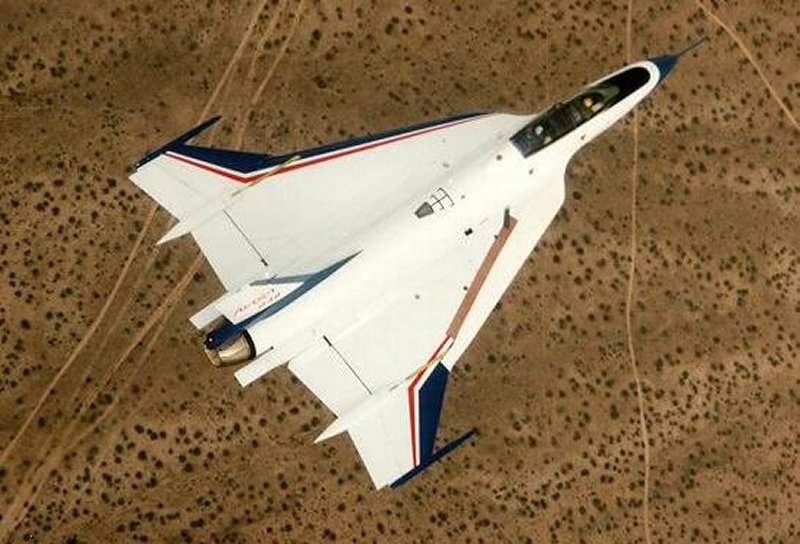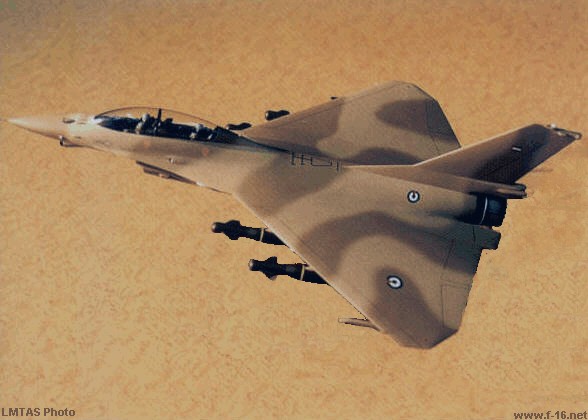For links see article source.....
Posted for fair use.....
http://www.star-telegram.com/news/business/article93910882.html
AUGUST 5, 2016 10:00 AM
Lockheed Martin may shift F-16 production to India
BY STEVE KASKOVICH
skaskovich@star-telegram.com
With production winding down after 40 years in Fort Worth, Lockheed Martin is considering a plan to move assembly of future F-16 fighter jets to India — if that country places a big order for the planes.
The defense giant has offered India exclusive rights to produce and export F-16s, said Ken Ross, a spokesman for Lockheed Martin Aeronautics in Fort Worth.
“We are in discussions with the U.S. government, the government of India and our Indian industry partners about this opportunity,” Ross said. “Details about this potential partnership will be determined in conjunction with the respective governments, Lockheed Martin and Indian industry.”
Lockheed acknowledged in February that the company had offered to build F-16s in India last year at a meeting between Lockheed’s CEO Marillyn Hewson and Indian Prime Minister Narendra Modi. India is looking to replace many of its air force’s 650 planes and wants to become a hub for defense manufacturing.
Work on the F-16, which has been built since the 1970s, has been winding down in Fort Worth as the program matured and attention turned to building the next-generation F-35. Several hundred workers continue to build about one F-16 a month for Iraq at the Fort Worth plant, with orders in place to last through October 2017. Over the life of the program, Lockheed has delivered more than 4,500 F-16s.
Ross said that as F-16 manufacturing is completed in Fort Worth, “we anticipate F-16 mechanics transitioning from the F-16 production line to the F-35 production line to support increased F-35 production rates. Other F-16 personnel will have opportunities to transition to one of the F-16 modification programs.”
Lockheed is beginning to ramp up production of the F-35 fighter jet. The company is on track to deliver 53 F-35s this year and expects to more than double output to 120 aircraft by 2019. It’s in the midst of a $1.2 billion expansion and reworking of its Fort Worth manufacturing complex to prepare for more work.
About 8,800 people work on the F-35 program, and the company has said it expects to add 1,000 assembly-line jobs as it increases production.
Steve Kaskovich: 817-390-7773, @stevekasko
Posted for fair use.....
http://www.star-telegram.com/news/business/article93910882.html
AUGUST 5, 2016 10:00 AM
Lockheed Martin may shift F-16 production to India
BY STEVE KASKOVICH
skaskovich@star-telegram.com
With production winding down after 40 years in Fort Worth, Lockheed Martin is considering a plan to move assembly of future F-16 fighter jets to India — if that country places a big order for the planes.
The defense giant has offered India exclusive rights to produce and export F-16s, said Ken Ross, a spokesman for Lockheed Martin Aeronautics in Fort Worth.
“We are in discussions with the U.S. government, the government of India and our Indian industry partners about this opportunity,” Ross said. “Details about this potential partnership will be determined in conjunction with the respective governments, Lockheed Martin and Indian industry.”
Lockheed acknowledged in February that the company had offered to build F-16s in India last year at a meeting between Lockheed’s CEO Marillyn Hewson and Indian Prime Minister Narendra Modi. India is looking to replace many of its air force’s 650 planes and wants to become a hub for defense manufacturing.
Work on the F-16, which has been built since the 1970s, has been winding down in Fort Worth as the program matured and attention turned to building the next-generation F-35. Several hundred workers continue to build about one F-16 a month for Iraq at the Fort Worth plant, with orders in place to last through October 2017. Over the life of the program, Lockheed has delivered more than 4,500 F-16s.
Ross said that as F-16 manufacturing is completed in Fort Worth, “we anticipate F-16 mechanics transitioning from the F-16 production line to the F-35 production line to support increased F-35 production rates. Other F-16 personnel will have opportunities to transition to one of the F-16 modification programs.”
Lockheed is beginning to ramp up production of the F-35 fighter jet. The company is on track to deliver 53 F-35s this year and expects to more than double output to 120 aircraft by 2019. It’s in the midst of a $1.2 billion expansion and reworking of its Fort Worth manufacturing complex to prepare for more work.
About 8,800 people work on the F-35 program, and the company has said it expects to add 1,000 assembly-line jobs as it increases production.
Steve Kaskovich: 817-390-7773, @stevekasko








